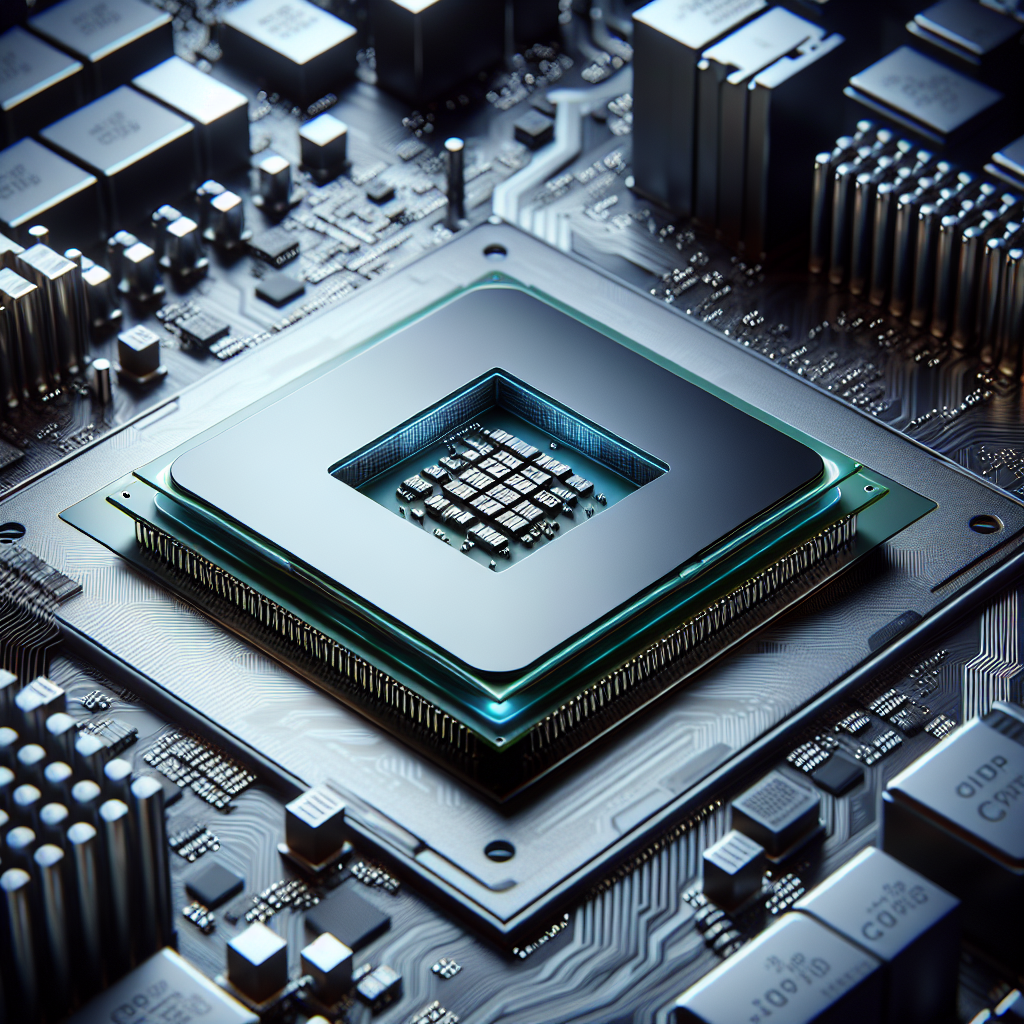Are you eager to upgrade to the latest version of the Windows operating system? Look no further, because in this article, we will guide you through the process of upgrading to the newest Windows OS. Whether you are a tech-savvy individual or a beginner, we’ve got you covered with simple and user-friendly instructions. Say goodbye to outdated software and welcome the exciting features and improvements of the latest Windows version with open arms. Let’s get started on this upgrade journey together!

Check System Requirements
Before upgrading to the latest version of the Windows operating system, it is important to check if your computer meets the system requirements. This will ensure that the new version can run smoothly and efficiently on your device. Here are the key aspects to consider:
Processor
Check the minimum and recommended processor specifications for the latest Windows version. This information can usually be found on the official Windows website or through a quick internet search. Verify if your computer’s processor meets or exceeds the minimum requirements.
Memory
The amount of memory (RAM) in your computer also plays a vital role in determining if it can handle the new Windows version smoothly. Check the minimum and recommended RAM specifications for the latest version and compare it with your device’s memory. If your current memory falls short, consider upgrading it to avoid any performance issues.
Storage Space
Ensure that your computer has enough available storage space to accommodate the new version of Windows. The latest versions often require a significant amount of storage to install properly. Check the minimum storage requirements and ensure that you have sufficient free space before proceeding with the upgrade.
Graphics Card
In order to take advantage of the latest features and capabilities of the Windows operating system, your computer’s graphics card should be up to date. Check the recommended graphics card specifications for the new version and compare it with your device’s graphics card. If necessary, consider upgrading your graphics card for improved performance.
Internet Connection
A stable internet connection is crucial for a successful Windows upgrade. Ensure that you have a reliable internet connection with sufficient speed to download and install the new version. A slow or unstable connection can lead to interrupted downloads or errors during the installation process.
Back Up Your Files
Before proceeding with any major operating system upgrade, it is highly recommended to back up your important files. This ensures that you won’t lose any important data in case anything goes wrong during the upgrade process. Here’s what you need to do:
Choose a Backup Method
There are several methods you can use to back up your files. You can manually copy them to an external storage device, use cloud storage services, or utilize backup software. Choose a method that is convenient and suits your needs best.
Select the Files to Backup
Decide which files are important to you and should be included in the backup. This may include personal documents, photos, videos, music, and any other data that you can’t afford to lose. Take your time to go through your computer and identify the essential files that need to be backed up.
Transfer the Files
Once you have selected the files you want to back up, transfer them to the chosen backup location. Make sure to double-check that all the files have been successfully transferred and are accessible. This step ensures that your important data is safeguarded and can be easily restored after the Windows upgrade is complete.

Check for Available Updates
Before upgrading to the latest version of Windows, it is crucial to ensure that your current version is up to date. Checking for available updates and installing them prior to the upgrade process helps to minimize potential compatibility and performance issues. Here’s what you need to do:
Open Windows Update
To access Windows Update, go to your computer’s settings and navigate to the Windows Update section. Depending on your Windows version, you can typically find this in the “Update & Security” or “System and Security” category.
Check for Updates
Once you are in the Windows Update section, click on the “Check for Updates” button. This will prompt your computer to search for any available updates that haven’t been installed yet. Wait for the process to complete and make sure to have an active internet connection for this step.
Install Available Updates
If there are any updates available for your current version of Windows, click on the “Install Updates” button. This will initiate the installation process, and your computer will start downloading and installing the updates. It is important to let the updates complete before proceeding with the upgrade to the latest version.
Download the Latest Version
To upgrade to the latest version of the Windows operating system, you need to download the installation files. Here’s how you can do it:
Visit the Official Windows Website
Go to the official Windows website in your web browser. This is the most reliable source to download the latest version of Windows. Look for the official download page or section on the website.
Find the Latest Version
On the download page, locate the latest version of Windows that you want to upgrade to. Pay attention to any specific edition or language options that may be available.
Select the Edition and Language
Choose the appropriate edition and language for your Windows version. This ensures that you get the version that best matches your needs and preferences.

Create Installation Media
Once you have downloaded the latest version of Windows, you need to create installation media. This will allow you to install the new version on your computer. Follow these steps:
Download the Media Creation Tool
To create installation media, download the official Microsoft tool called the Media Creation Tool. This tool simplifies the process and guides you through creating the installation media.
Run the Media Creation Tool
After downloading the Media Creation Tool, run it on your computer. Follow the on-screen instructions to proceed with the creation process.
Choose USB or DVD
Depending on your preference and available resources, select either a USB flash drive or a DVD as the installation media. Make sure you have a suitable USB drive or a blank DVD with enough capacity to store the installation files.
Create the Installation Media
Once you have selected the USB or DVD option, the Media Creation Tool will begin creating the installation media by transferring the necessary files to the chosen device. Wait for the process to complete.
Prepare for Installation
Before starting the installation process, there are a few steps you should follow to ensure a smooth experience:
Disconnect Unnecessary Devices
Remove any unnecessary devices or peripherals from your computer. This includes printers, external hard drives, and any other USB devices that are not required for the installation. Keeping only the essential devices connected can avoid potential conflicts during the upgrade.
Disable Antivirus Software
Temporarily disable any antivirus software or security applications that are running on your computer. These programs can sometimes interfere with the installation process. Once the upgrade is complete, remember to re-enable your antivirus software for ongoing protection.
Plug in the Installation Media
If you’re using a USB drive as the installation media, plug it into a USB port on your computer. If you’re using a DVD, insert it into the appropriate optical drive. Make sure the installation media is securely connected or inserted.
Start the Installation
With the necessary preparations complete, it’s time to start the installation process. Follow these steps:
Restart Your Computer
Restart your computer to begin the installation process. Make sure to save any unsaved work before restarting as the process will involve multiple restarts.
Access the Boot Menu
During the restart, access the boot menu on your computer. The key to access the boot menu may vary depending on your computer’s manufacturer. Common keys include Del, F2, F12, or Esc. Consult your computer’s manual or do a quick internet search to find the correct key for your device.
Select the Installation Media
Once you access the boot menu, select the installation media (USB or DVD) as the boot device. This will instruct your computer to boot from the installation media and initiate the Windows upgrade process.
Follow the Setup Instructions
After booting from the installation media, you will be guided through the setup process for the new version of Windows. Follow these instructions:
Choose Language and Region
Select your preferred language and region settings for the new Windows version. Make sure to choose the options that best match your needs and location.
Accept the License Terms
Carefully read through the license terms and conditions for the new Windows version. If you agree to them, accept the terms to proceed with the installation.
Select Installation Type
Choose the installation type based on your preferences and requirements. You can typically choose between an upgrade installation (keeping your personal files and apps intact) or a clean installation (deleting everything and starting fresh).
Customize Your Settings
Customize your Windows settings according to your preferences. This includes options such as privacy settings, automatic updates, and recommended apps. Take your time to configure these settings as per your preferences.
Sign in with Microsoft Account
During the setup process, you will have the option to sign in with your Microsoft account or create a new one. Signing in with your Microsoft account offers various benefits, including access to personalized settings and syncing across devices.
Wait for Installation
Once you have completed the setup instructions, the Windows installation process will begin. Here’s what you can expect during this phase:
Installation Progress
You will see a progress indicator indicating the installation progress. The time it takes to install the new version of Windows can vary depending on your computer’s specifications and the size of the installation files. Be patient and avoid interrupting the process.
Restarting Your Computer
Your computer will restart multiple times during the installation process. This is normal and part of the upgrade procedure. Allow your computer to restart as needed without interruption.
Completing the Setup
Once the installation process is complete, your computer will finalize the setup and prepare everything for your first login to the new Windows version. Follow any on-screen instructions or prompts to complete this final step.
Restore Your Files and Programs
After successfully upgrading to the latest version of Windows, it’s time to restore your files and programs. Follow these steps:
Reconnect Devices and Enable Antivirus
Connect any devices or peripherals that you previously disconnected and ensure they are working properly. Re-enable your antivirus software and other security applications to ensure ongoing protection.
Transfer Backup Files
If you backed up your files before the upgrade, transfer them back to your computer. Make sure all your important files are in their appropriate locations and accessible.
Re-install Programs
If you had any programs or applications installed on your previous Windows version, you will need to reinstall them on the new version. Use the installation files or setup programs to reinstall your desired programs and follow any on-screen instructions.
By following these steps, you can easily upgrade to the latest version of the Windows operating system, ensuring a smooth and successful transition. Remember to always back up your important files, check system requirements, and follow the setup instructions carefully. Enjoy the new features and enhanced performance that the latest version of Windows has to offer!
